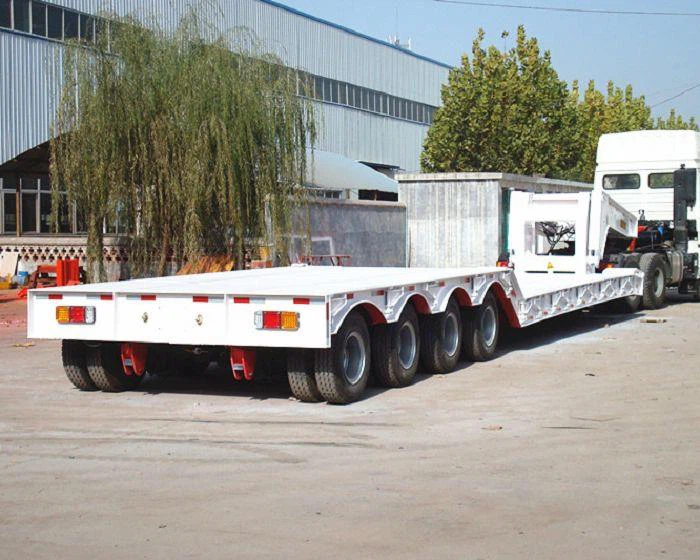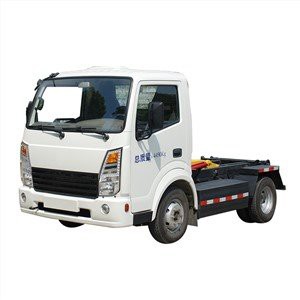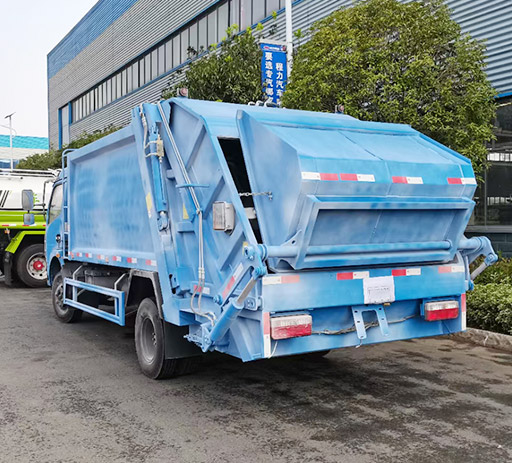What is Crew Cab vs Extended Cab: A Comprehensive Guide

When it comes to choosing a pickup truck, the cab configuration is one of the most critical considerations. Among the various options available, crew cab and extended cab configurations are two of the most popular. Each has its unique features, advantages, and suitability for different needs. In this article, we will delve into the details of crew cabs and extended cabs, helping you understand their differences and which one might be the best fit for you.
Understanding Cab Configurations
Cab configurations refer to the design and size of the truck’s passenger compartment. They are crucial factors that affect passenger capacity, comfort, and the overall utility of the vehicle. Two prominent types are crew cabs and extended cabs.
What is a Crew Cab?

A crew cab is a pickup truck configuration designed to accommodate more passengers. Typically, it features four full-size doors and provides ample space for both front and rear passengers.
Key Features of Crew Cabs
- Full-Size Doors: Crew cabs usually have four full-size doors that provide easy access to both the front and rear seats.
- Spacious Interior: There is enough room to comfortably seat up to six passengers, making it ideal for families or work crews.
- Increased Legroom: Passengers in the backseat enjoy generous legroom, enhancing overall comfort.
- Versatile Use: Crew cabs are suited for both personal and commercial use, including towing, hauling, and family transport.
Popular Models of Crew Cabs
Many manufacturers offer crew cab models. Here are a few popular options:
| Manufacturer | Model | Seating Capacity |
|---|---|---|
| Ford | F-150 | Up to 6 |
| Chevrolet | Silverado 1500 | Up to 6 |
| Ram | 1500 | Up to 6 |
| Toyota | Tundra | Up to 6 |
What is an Extended Cab?
Extended cabs, also known as super cabs or king cabs, are designed for passengers who may not need the same level of space as a crew cab provides. They typically feature two full-size front doors and two smaller rear doors, which may not be as spacious as those in crew cabs.
Key Features of Extended Cabs
- Compact Size: Extended cabs are generally smaller than crew cabs, making them easier to maneuver in tight spaces.
- Smaller Rear Doors: The rear doors are often shorter and might be access doors, which means they don’t take up as much space when opened.
- Moderate Passenger Capacity: These cabs usually comfortably seat four to five passengers, catering to those who need occasional extra seating.
- Lower Cost: Typically, extended cabs may cost less than crew cabs, making them budget-friendly options.
Popular Models of Extended Cabs
Several models offer extended cab configurations. Here are some well-known vehicles:
| Manufacturer | Model | Seating Capacity |
|---|---|---|
| Ford | F-150 SuperCab | Up to 5 |
| Chevrolet | Silverado 1500 Double Cab | Up to 6 |
| Ram | 1500 Quad Cab | Up to 5 |
| Toyota | Tacoma Access Cab | Up to 5 |
Comparing Crew Cab vs Extended Cab: Size Matters
Interior Space Comparison
The most significant difference between crew cabs and extended cabs is the amount of interior space. Crew cabs offer significantly more legroom and passenger capacity than extended cabs, which can be a vital consideration for larger families or work teams.
Legroom and Comfort
| Cab Type | Front Legroom (inches) | Rear Legroom (inches) |
|---|---|---|
| Crew Cab | 40 – 45 | 35 – 45 |
| Extended Cab | 40 – 44 | 28 – 34 |
Exterior Dimensions
The exterior dimensions also differ; crew cabs tend to be longer and wider compared to extended cabs. This can impact parking and maneuverability but can enhance stability and towing capacity when loaded.
Practical Uses for Each Cab Type
Crew Cab Applications
Crew cabs are often chosen for:
- Family Vehicles: The spaciousness and comfort make crew cabs perfect for family trips.
- Work Trucks: Ideal for construction or crew transport, allowing several people to travel together.
- Towing and Hauling: Crew cabs usually have a higher towing capacity with greater stability when fully loaded.
Extended Cab Applications

Extended cabs are beneficial for:
- Occasional Passengers: Perfect for people who don’t require a full cab but still occasionally need extra seating.
- Camping and Leisure: Suitable for recreational use, offering enough space for gear without needing a full crew cab.
- Budget-Friendly Options: A great choice for buyers who don’t want to break the bank.
Cost Considerations
Price Range for Crew Cabs
Generally, crew cabs are more expensive than extended cabs due to their larger size and additional features. Prices can vary significantly depending on the manufacturer and model chosen, but on average, crew cabs can be hundreds to thousands of dollars more than extended cab options.
Price Range for Extended Cabs
Extended cabs are often seen as the more budget-friendly option. When priced, you might find that they start at a lower cost point and have fewer add-ons compared to crew cabs. This makes them appealing for those looking for utility without excess expenditure.
Fuel Efficiency: Crew Cab vs Extended Cab
Fuel Economy Overview

Fuel efficiency is another aspect to consider when choosing between crew and extended cabs. Crew cabs, due to their size and weight, might consume more fuel compared to extended cabs.
| Cab Type | Average MPG (City) | Average MPG (Highway) |
|---|---|---|
| Crew Cab | 15 – 18 | 20 – 24 |
| Extended Cab | 16 – 20 | 21 – 26 |
Implications for Daily Use
If fuel efficiency is a major concern for your daily commute or usage, you may prefer an extended cab. However, the differences may not be significant enough to be a dealbreaker depending on how often you’ll utilize the space.
Safety Considerations
Safety Ratings Overview
Both crew and extended cabs often have similar safety features and ratings. However, due to their larger size, crew cabs might provide slightly better crash protection for passengers.
Safety Features
- Airbags: Both types will often have multiple airbags for passenger protection.
- Stability Control: Most modern trucks come with stability control systems that help prevent rollovers.
- Rearview Cameras: Many extended and crew cabs include rearview cameras for better visibility while reversing.
Emotional Decision-Making: Personal Preferences
Choosing between a crew cab and an extended cab often comes down to emotional preferences, such as brand loyalty, design aesthetics, or how you envision using the truck.
Lifestyle Considerations
- Family Needs: If you frequently travel with family, a crew cab may provide a more comfortable option.
- Work Requirements: Those who need to transport teams may find crew cabs more advantageous.
- Occasional Use: If you only occasionally need the extra room, an extended cab may suffice.
FAQs
What are the main differences between crew cab and extended cab?
The primary differences lie in size, passenger capacity, and door configurations. Crew cabs have four full-size doors and more interior space, while extended cabs have two full-size front doors and two smaller rear doors, accommodating fewer passengers.
Is a crew cab better for families?
Yes, crew cabs are generally better for families due to their spacious interiors and the ability to comfortably seat more passengers.
Are extended cabs less expensive than crew cabs?
Yes, extended cabs typically cost less than crew cabs, making them a budget-friendly choice for those needing additional seating occasionally.
Can I fit car seats in both cab types?
Yes, you can fit car seats in both crew and extended cabs. However, crew cabs often have more space, making it easier to fit multiple car seats.
Is fuel efficiency better in extended cabs?
Generally, extended cabs may achieve better fuel economy compared to crew cabs due to their smaller size and weight.
Which is better for towing, crew cab or extended cab?
Crew cabs are typically better for towing, providing more stability and capacity due to their larger frame.
